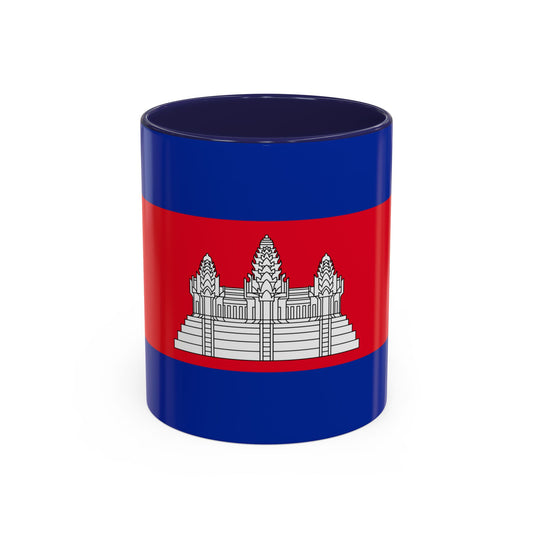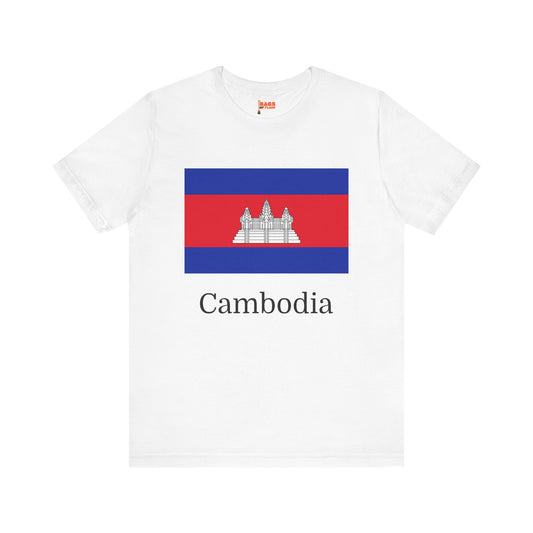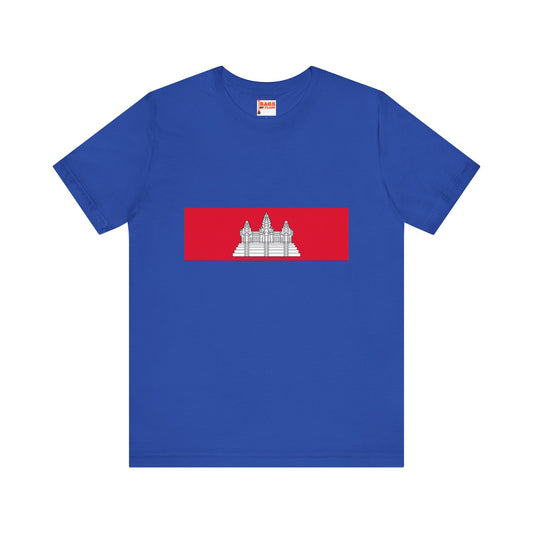-
Cambodia Leather Patch Hat
Regular price $18.85 USDRegular priceUnit price / per -
Cambodia Pillow
Regular price $22.65 USDRegular priceUnit price / per -
Cambodia Backpack
Regular price $59.79 USDRegular priceUnit price / per -
Cambodia Sweatshirt
Regular price $34.15 USDRegular priceUnit price / per -
Cambodia Inspired Sweatshirt
Regular price $34.15 USDRegular priceUnit price / per -
Cambodia Flag Sweatshirt
Regular price $34.15 USDRegular priceUnit price / per -
Cambodia Mug
Regular price $11.65 USDRegular priceUnit price / per -
Cambodia Trucker Cap
Regular price $14.90 USDRegular priceUnit price / per -
Cambodia Hoodies
Regular price $34.40 USDRegular priceUnit price / per -
Cambodia Inspired Hoodie
Regular price $34.40 USDRegular priceUnit price / per -
Cambodia T-shirts
Regular price $22.79 USDRegular priceUnit price / per -
Cambodia Inspired T-shirt
Regular price $22.79 USDRegular priceUnit price / per -
Cambodia Flag on Hoodie
Regular price $34.40 USDRegular priceUnit price / per -
Cambodia Flag on T-shirt
Regular price $22.79 USDRegular priceUnit price / per
Collection: Cambodia
The Cambodian flag symbolizes pride and unity for the Cambodian people. With its unique design and vibrant colors, the flag holds a rich history and deep symbolism. We will explore the remarkable facts about the Cambodian flag, delving into its design, historical context, symbolism, current relevance, and additional interesting facts.

Overview of the Flag's Design and Colors
The flag of Cambodia features a striking tri-band design, with two outer bands of royal blue encasing a central wide band of vivid red. At the heart of the red band lies the iconic white silhouette of Angkor Wat, a testament to the nation's heritage and architectural marvel. The royal blue bands represent the kingdom's enduring commitment to liberty and cooperation, while the vibrant red middle band symbolizes the courage and bravery of the Cambodian people. The white of the Angkor Wat silhouette stands for spiritual purity and faith, creating a harmonious blend of values that reflect the nation's core principles. This careful selection of colors and the emblem distinguishes the flag visually and imbues it with deep cultural and historical significance.
Historical Context: The Flag Through Time
The journey of the Cambodian flag is as dynamic as the nation's history. Officially adopted on June 29, 1993, after a period marked by internal conflict and the pursuit of peace, the flag's current iteration is steeped in symbolism and national pride. Its design refers to a previous flag used during the era of Sangkum Reastr Niyum when Prince Norodom Sihanouk led the country towards neutrality and development in the mid-20th century.
Cambodia's flag has seen several incarnations, each reflective of the political climate and rulers of its time. From the time of the Khmer Empire, through French colonial rule, to the various governments of the 20th and 21st centuries, the flag has undergone significant transformations. These changes have ranged from the emblems and colors displayed to the flag's overall design, mirroring the shifts in governance from monarchies to republics and periods of foreign influence or internal strife.
Despite these variations, the flag's essence—a deep-rooted connection to Cambodia's cultural heritage, mainly symbolized by Angkor Wat—has remained constant. The flag's resilience and adaptability reflect the Cambodian spirit, showcasing the country's ability to maintain its identity and values through periods of change and challenge.
Symbolism: Unpacking the Meanings

The Angkor Wat silhouette, prominently featured in the center of the flag, extends beyond its role as a national landmark to embody the soul of Cambodia's enduring spirit and cultural wealth. This architectural masterpiece, revered globally, symbolizes the genius and ingenuity of the ancient Khmer civilization, emphasizing the country's historical significance and its contributions to world heritage. The choice of colors on the flag carries profound implications. Royal blue, delineating the top and bottom bands, reflects a steadfast dedication to unity and cooperation, resonating with the nation's aspirations for peace and solidarity among its people and the international community.
The vibrant red that dominates the flag's landscape is a bold declaration of the courage and sacrifice of the Cambodian populace, a tribute to their resilience in the face of adversity and their undying spirit of independence. Lastly, the pristine white of Angkor Wat's depiction is a beacon of spiritual purity and moral virtue, highlighting the foundational role of faith and religion in the fabric of Cambodian society. Together, these elements intertwine to convey a message of hope, strength, and national pride, anchoring the flag's significance in the collective heart of Cambodia and asserting its symbolic resonance on both a national and global scale.
Current Relevance: The Flag in Today's Cambodia
In contemporary Cambodia, the flag is a ubiquitous symbol woven into everyday life and state affairs. It is a common sight at national celebrations, where it flutters proudly alongside the festivities, embodying the spirit and unity of the Cambodian people. The military and governmental bodies utilize the flag as a beacon of sovereignty and integrity, marking their allegiance to the nation's principles and heritage. The flag's prominence extends to international diplomacy, representing Cambodia on the global stage and signifying its sovereignty and role in the international community.
Schools and public buildings raise the flag daily, instilling a sense of patriotism and respect for national symbols from a young age. This routine act underscores the flag's role in promoting national identity and collective memory among Cambodians. Although there have been conversations about updating the flag to mirror the nation's evolving identity, these discussions have not led to tangible changes. The flag, as it stands, continues to be a source of national pride, encapsulating the resilience, traditions, and aspirations of Cambodia. Its enduring presence in the heart of the country's socio-political landscape highlights its ongoing relevance and the deep connection it fosters among Cambodians, both within the nation and across the diaspora.
Additional Facts: Protocols and Anecdotes
Certain etiquettes are strictly adhered to when observing the protocols surrounding the Cambodian flag, highlighting the respect and reverence it commands within the nation. For instance, the flag must always be displayed in a manner that prevents it from making contact with the ground, a practice that underscores the dignity of the national symbol. This rule is meticulously followed during all nationwide flag-raising and lowering ceremonies, performed with precision and solemnity.
There is also a tradition of extensively displaying the flag during significant national holidays and celebratory events, where it adorns public spaces, homes, and commercial establishments, serving as a beacon of national pride and unity. This widespread display is not merely a decoration but a profound expression of patriotism and a reminder of the country’s rich heritage and the values it stands for.
Interestingly, anecdotal evidence suggests that the flag's image is often utilized in personal items and memorabilia, signifying its deep-seated importance in Cambodian culture. The reverence for the flag is also instilled in young minds through educational programs, ensuring that the significance of this national symbol is understood and cherished by future generations.




























